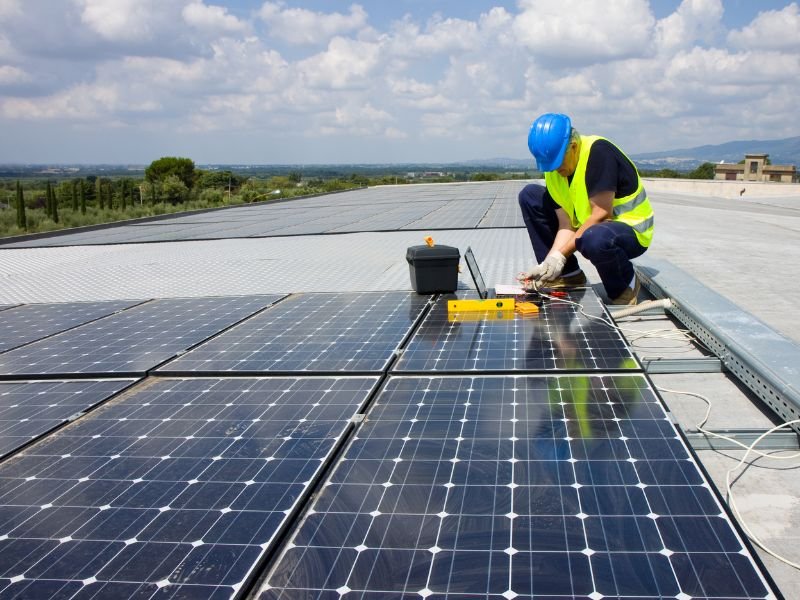Integrating Photovoltaic Installations into our buildings
Electricity generation from small- and large-scale Photovoltaic installations is expected to continue to increase steadily reaching approximately 11.5% of the national gross final electricity consumption. [2] The local building industry has shifted from house-type building towards more multi-storey buildings resulting in less available roof top space.
In 2017 the government launched a solar farm policy for commercial businesses such as large-scale rooftops, car parks, industrial areas and quarries. [2] The government also launched a scheme which allows households that do not have access to a private roof to invest in virtual photovoltaic ownership. In 2017, 366 households started benefitting from their participation in this scheme. Developers may plan to combine owned roof tops / areas and dedicate the space for PV installations which may be made available to home buyers.
Integration of PV systems into buildings by replacing roofing elements, windows, shadings and glazed facades offers the opportunity of cost reduction by substitution of conventional building materials with PV materials.
The advantages of such installations are:
- Although they are expensive installations, in many countries, they are subject to incentives
- Give immediate economic savings given by the production of electricity
- Contribute to a drastic reduction of atmospheric CO2 emissions.
- Increase the economic value of the property where the equipment is installed
- Don’t require particular expensive maintenance.
Fourth Edition December/January 2023
Sustainability

Chantal is a freelance interior designer and chartered project manager. She read a master’s degree in architecture environmental and energy studies
